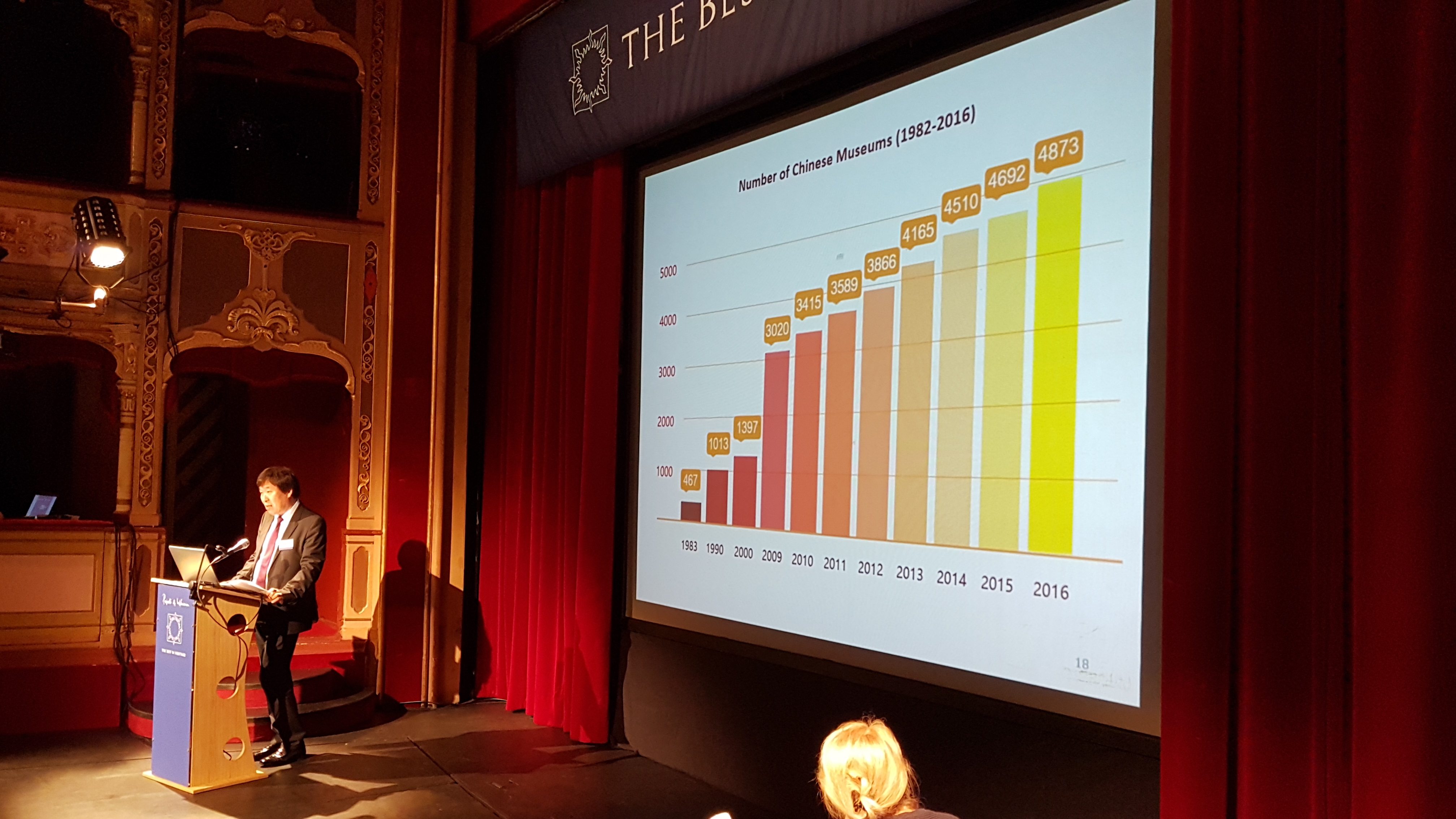Tools
Best In Heritage- Conference Insights

I had the privilege of representing Lord at the 2017 edition of The Best in Heritage Conference in Dubrovnik on the last weekend of September. Lord Cultural Resources was invited to be part of the “White Council”, a sort of Jury body with senior representatives from international organizations, including the heads of ICOM and Europa Nostra, as well as former project winners. The role of Council members was to attend all sessions of the conference and join a wrap-up retreat to collectively identify global trends in the heritage sector as understood from this conference edition.
The Best in Heritage is an international survey of 40+ award-winning museum, heritage and conservation projects. The aim of the conference is to give prize winning projects from the preceding year further professional and media attention, as well as to share best practices and build professional networks. Some of the projects included the Canadian Museum for Human Rights, a former Lord Cultural Resources client (winner of the Best Soft Power Destination Awards 2016 / Soft Power Organization; presented by Corey Timpson, Vice President, Exhibition, Research and Design), Micropia (winner of European Museum Forum / Kenneth Hudson Award 2016), and San Diego Natural History Museum (American Alliance of Museums / Excellence in Exhibition Awards 2016). The complete catalogue of projects can be found here and there is very valuable information on each and every one that can be used as part of our best practices research!

I was personally impressed by two unusual projects: Den Gamle By, Aarhus, Denmark (European Museum Academy Micheletti Award 2016), and Preserving and Promoting Dance Heritage in Berlin, Berlin, Germany (EU Prize for Cultural Heritage / Europa Nostra Award 2016). The first, for their way of touching upon sensitive issues such as homelessness or marginalized immigrants and helping visitors engage with representatives of these groups in a win-win manner. The second, for their effort to preserve intangible heritage (dance forms of the 20th century) and the online catalogue they have compiled and made available to the public.
In terms of trends, observed, some that we have noted in our work previousl, but a few things came up recurrently:
- AUDIENCES: most of the award-winning projects had their strongest focus on the community. The transition “from curator to visitor” that we always advocate for is finally making its way through. Families seemed to be the key target group, with some museums becoming less specialized in order to move away from a strictly adult/savvy audience. Accessibility in all its forms was also a highlight with very interesting examples.
- VARIETY: of heritage forms represented: including intangible heritage, idea museums, living villages, smart museums, and more.
- TECHNOLOGY: There were projects 100% focused on tech and on the use of smart data to help decision making, and others purposefully choosing to remain more “vintage”. The need to balance technology with sustainability (obsolescence) and with a genuine visitor experience (people talking to each other, not looking at their phones) was a key conclusion at the Council meeting.
- SOFT POWER: Yes, of course! while few museums are using the term it was evident that the concepts of soft power are being used by many museums to influence and affect change as noted through their but the notion of soft power was obvious in many of the presentations.
In all, a very interesting conference and a very valuable online catalogue of Case Studies dating back to 2003 that can be helpful for research.
